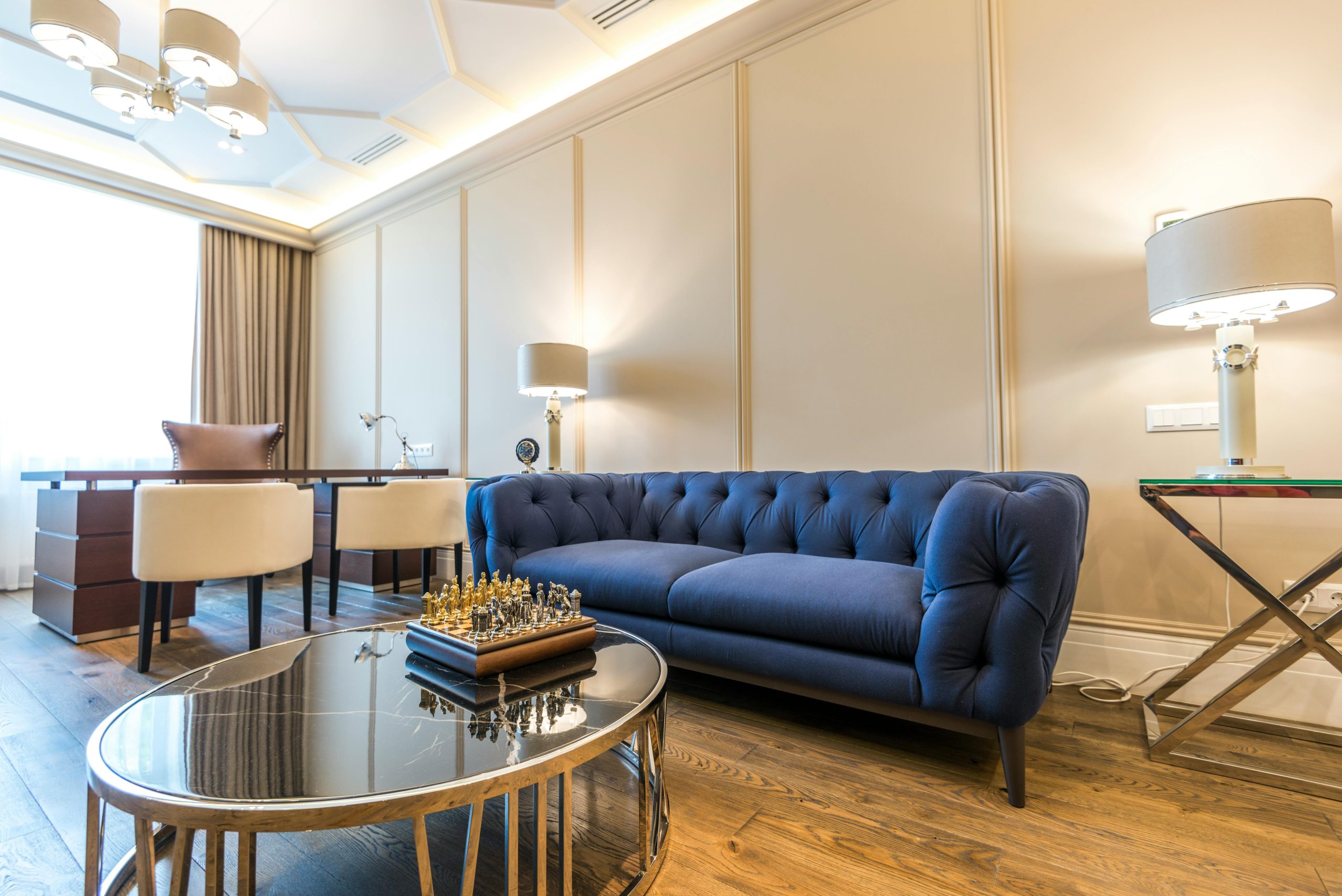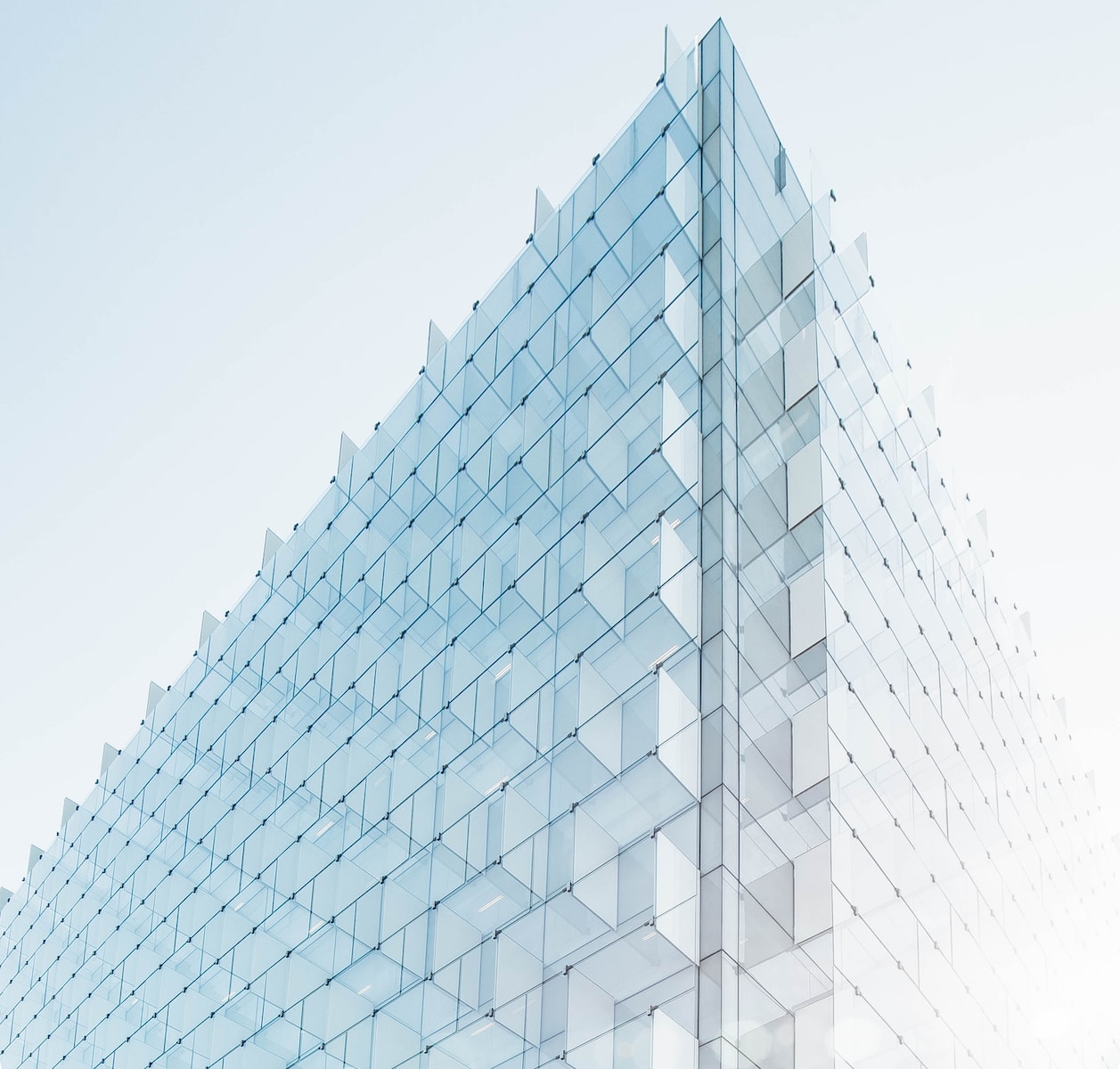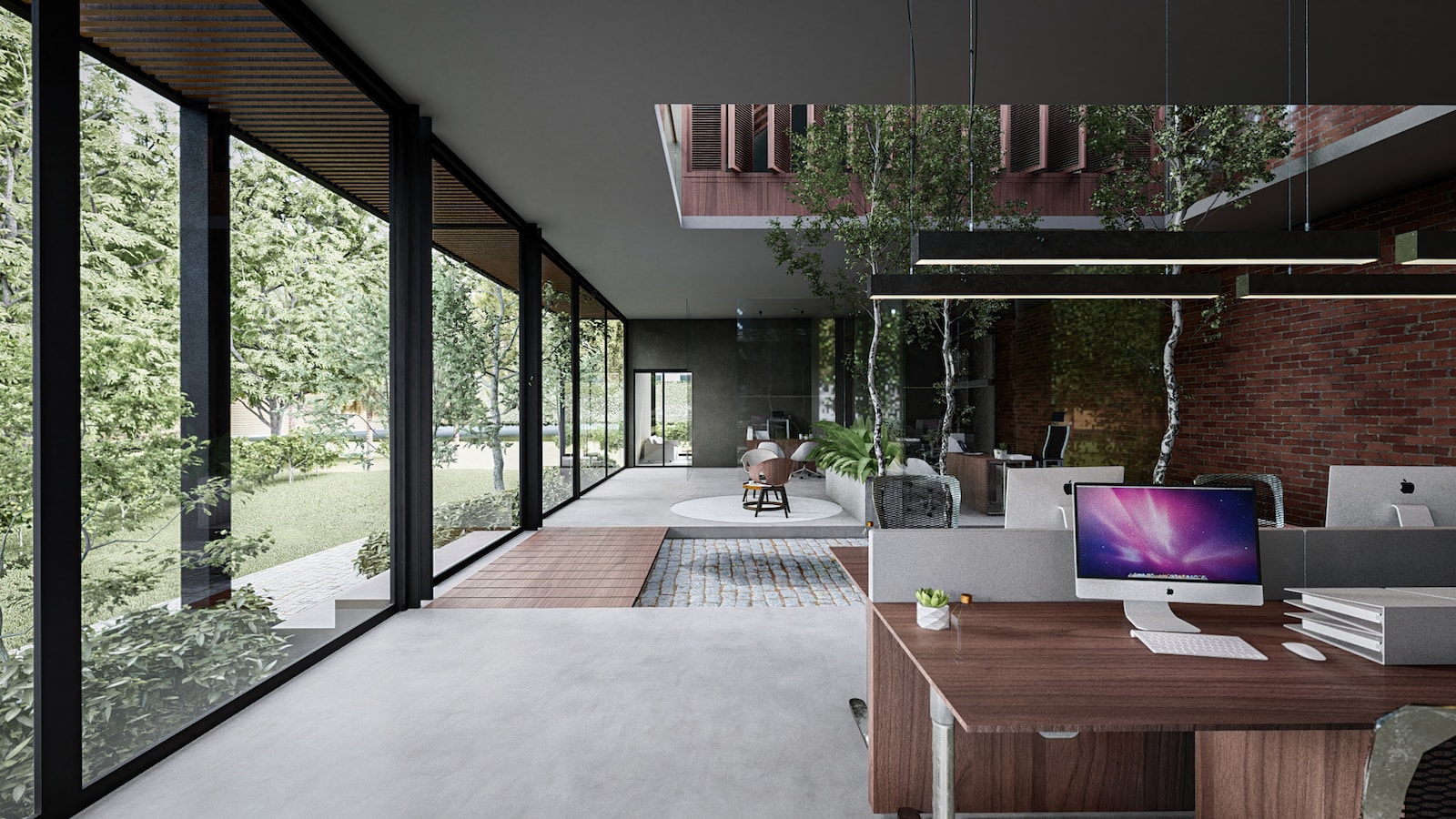A memorable room is felt before it is analysed. The hush of a corridor with softened acoustics. The way afternoon light walks across a wall, revealing a faint sheen. The hand resting on a cool stone ledge that seems to anchor the whole composition. These sensations precede colour and style, pointing to the quiet elements of interiors that persist. In a country where people spend 80% of their lives inside buildings, the quality of those elements matter, as they shape comfort, attention and mood day after day.
Timeless design is not an era or a palette. It is a way a space behaves under changing light, a depth that remains legible as furniture and art evolve, and a material presence that rewards touch. Three elements do the heavy lifting: depth, light and texture. Each works alone; together they create rooms that feel composed, generous and personal.
Depth
Depth is not clutter, it creates clarity. It comes from layered planes, clear sightlines and proportion that lets the eye rest. Foreground, middle ground and background can be drawn with architecture as much as with objects. A plinth or low table claims the front. Book spines and armrests establish the mid layer. A wall finish, opening or artwork holds the back plane and balances the room.
Colour helps to model these planes. Lighter colours visually expand space while darker tones compress it, a useful principle when balancing planes. Used with care, this optical push and pull can make compact spaces feel calmer and larger without moving a single wall.
Depth sharpens when light and texture join the composition. Raked light across a softly finished surface throws miniature shadows that read like relief, adding dimension to otherwise flat planes. Mirrors extend the room, yet work best when they reflect something deliberate, such as a garden glimpse or a sculpture rather than a television. The aim is a layered narrative, not spectacle.

Light
Daylight sets the baseline. The European standard EN 17037 frames daylight as a significant source of illumination and has shaped current practice in the UK, encouraging layouts that capture sky, not only sun, and seat people where the light is even and kind.
After daylight comes a considered artificial scheme. The classic trio remains effective: ambient to establish overall brightness, task to support activity and accent to draw the eye. In practice this means ceiling or concealed sources for wash, focused lamps for reading or cooking, and a few controlled beams to graze a wall or pick out art and objects. Selecting colour temperatures around the warm end for living areas, and maintaining consistency across different points, keeps the mood coherent from afternoon to evening. A simple rule to follow: multiple small sources of light calm a room more than one large one.
Light carries environmental responsibilities as well as atmosphere. LEDs deliver similar illumination using about 80 percent less electricity than halogen and last longer, tying atmosphere to stewardship. In homes where fittings are numerous, the cumulative savings are material.
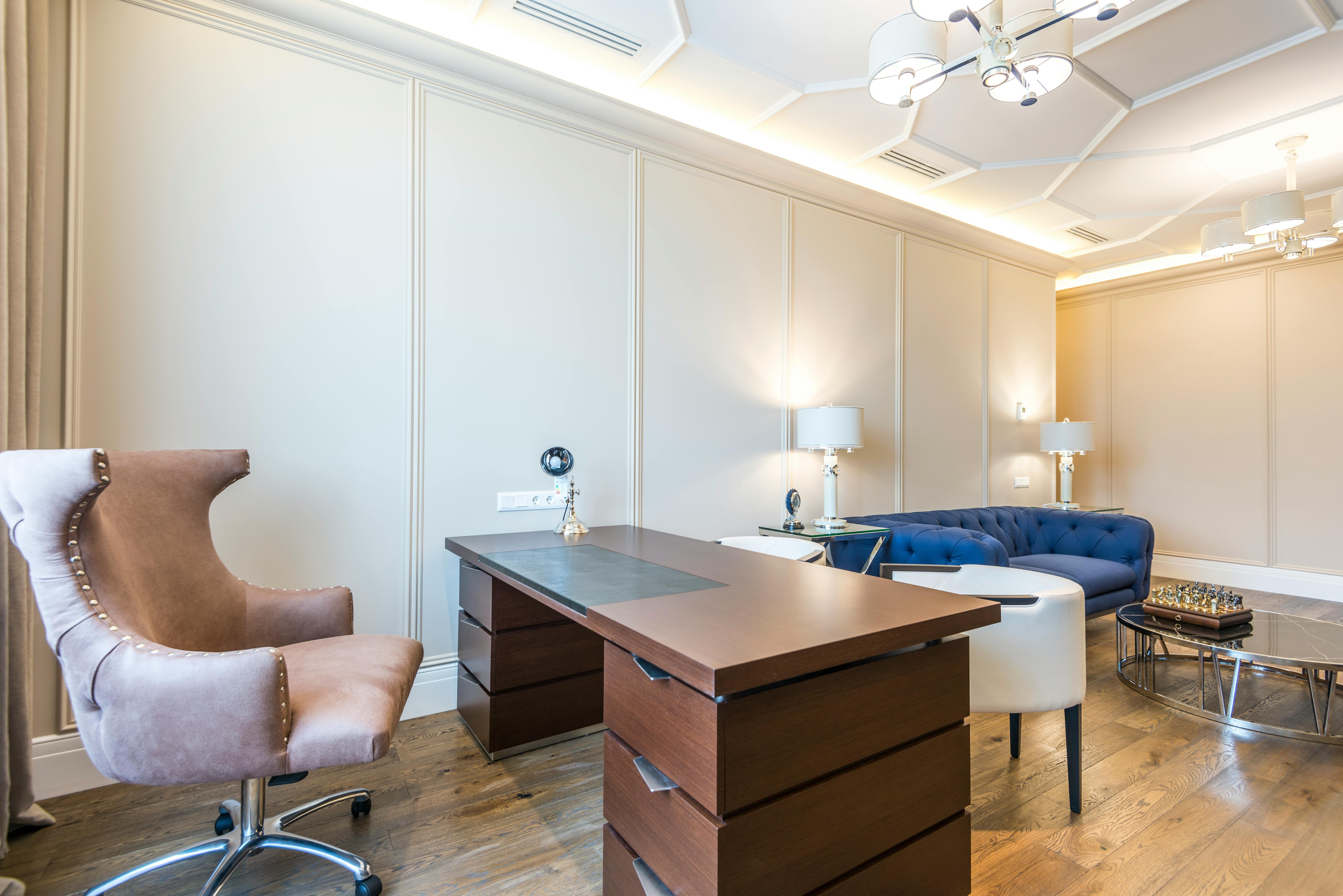
Texture and Materiality
Texture gives a space its emotional weight. It softens glare, quiets echo, and invites experiencing the space. A mix of open grain timber, woven textiles, honed stone and mineral finishes creates a rhythm that reads as calm rather than busy, especially when one surface runs continuously to anchor the arrangement.
Mineral, vapour-permeable finishes deserve special attention in the UK as they appear more in older buildings. Lime-based plasters and paints allow moisture to pass and evaporate, helping fabric manage dampness and reducing the risk of trapped humidity behind impermeable coatings. The result is a wall that feels alive to the touch and performs well over time. Innovative materials in modern architecture can add nuance without noise, provided their finish and scale respect the room.
Polished plaster demonstrates how material intelligence and light conspire to create depth. The finish sits between matte and mirror, so walls appear luminous rather than glossy. In contemporary homes, bespoke surfaces by Evoke Polished Plastering show how craft can express restraint: subtle movement within the plaster catches raking light, edges soften, acoustics improve and the room gains a quiet richness that complements both minimal and layered schemes.
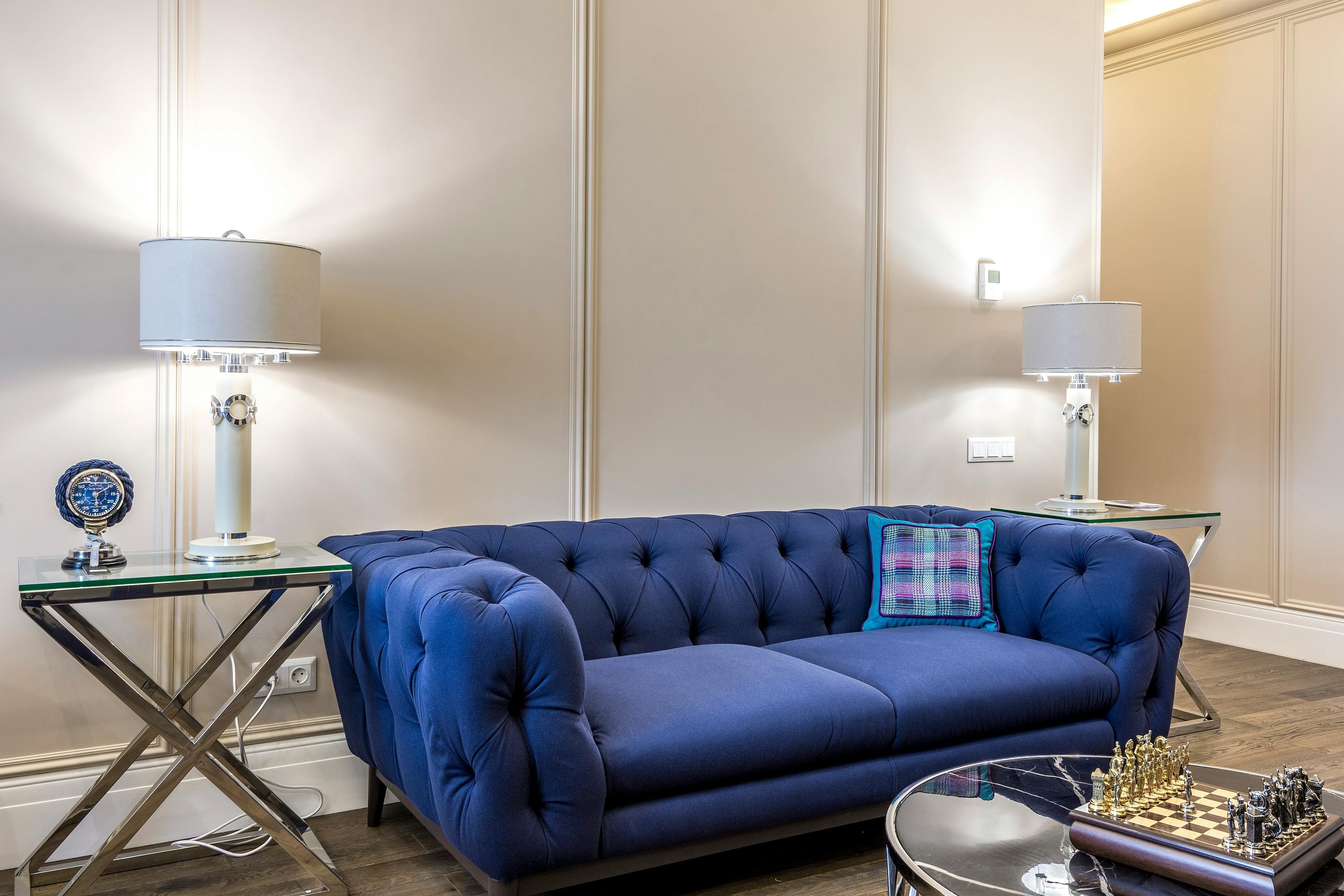
A Simple Framework for Practice
- Map planes: Define what lives in the foreground, what stabilises the middle and what anchors the background. Let at least one surface run long and uninterrupted to calm the field.
- Audit daylight: Note where daylight is generous and where it falls away. Plan seating and reflective surfaces where light is even, and use shading to manage glare rather than blocking light completely. Treat daylight as the primary illuminant.
- Layer artificial light: Establish a soft ambient base, add a handful of precise task lights, then place one or two accents where form or texture deserves to be seen. Keep colour temperature consistent and use dimming to shift from working brightness to evening calm. A well layered plan is still the most reliable path to atmosphere and function.
- Choose three textures per room: One hard, one soft, one luminous. Hard could be stone or timber, soft might be wool or linen, and luminous could be a mineral plaster with a gentle sheen. Balance these so touch points are generous and large surfaces quiet the composition. Where appropriate, favour breathable mineral finishes for both feel and performance.
- Align beauty with efficiency: Where fittings are upgraded or added, specify LED sources with good colour rendering. The energy and maintenance dividends accrue across years without compromising tone or ambience.
Wrapping Up
Timelessness is not a style, it is a set of behaviours. Rooms that last allow light to change their expression, hold depth that remains legible as possessions shift, and use materials that invite the hand and age with dignity. When those three elements align, the result is a space that feels composed in the morning, hospitable in the afternoon and quietly cinematic at night. The furniture may move and the art may evolve, but the architecture of feeling remains.

